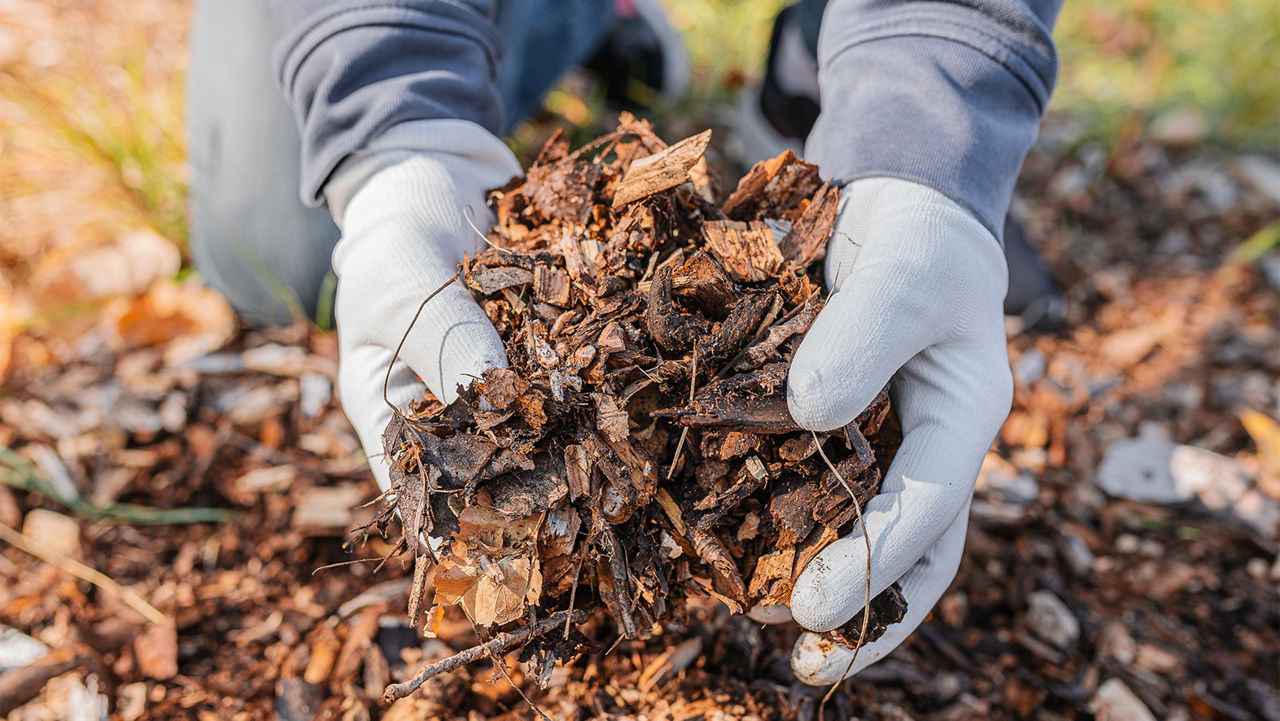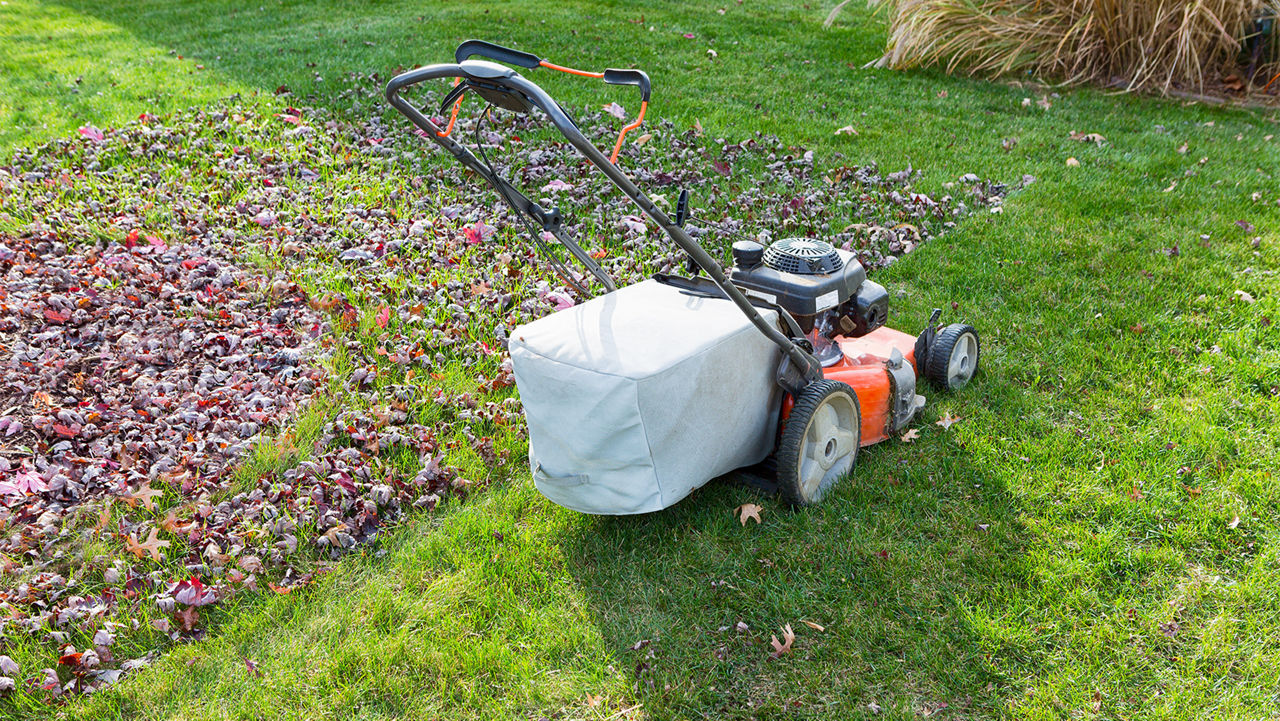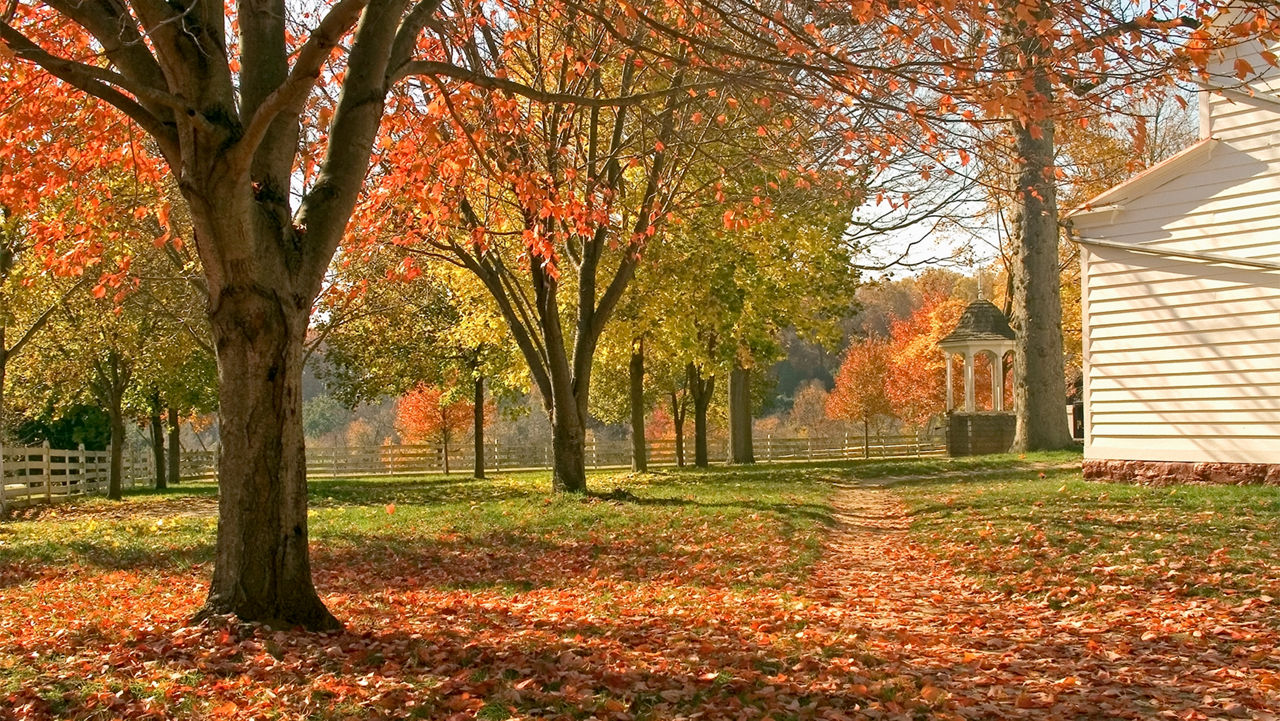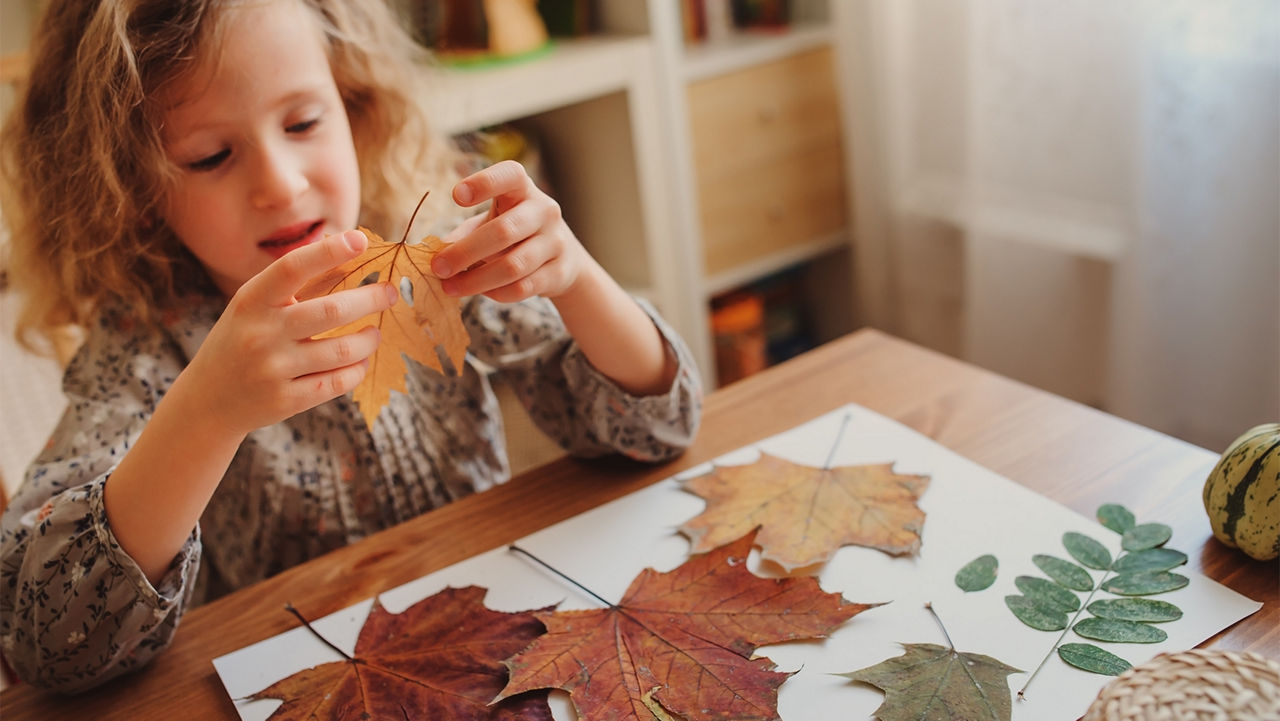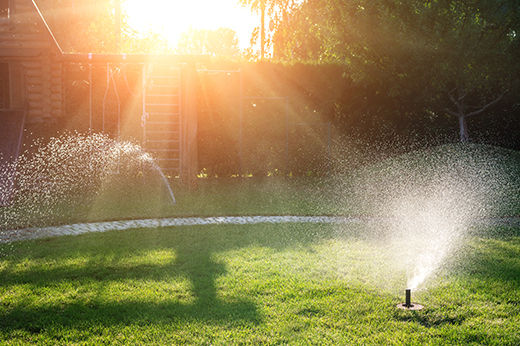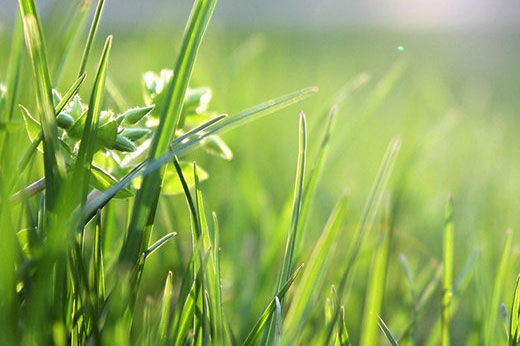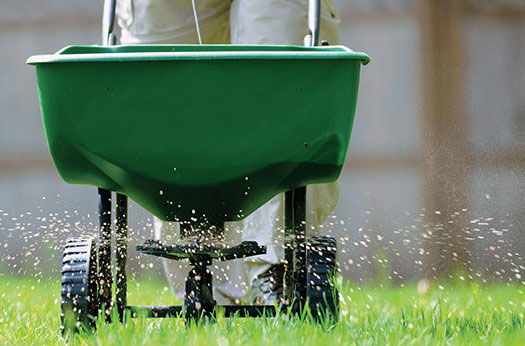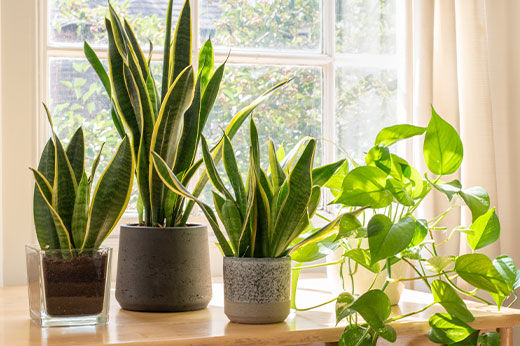Put Your Autumn Leaves to Use with Do It Best
There are plenty of uses for autumn leaves! Enjoy the beauty of the fall season and give those fallen leaves a second life.
You can use fall leaves as mulch and ground cover to protect your planting beds. Shred large leaves and include a leaf layer in your compost pile, or protect tender stems in your perennial beds with a small blanket of leaves. Leaves make a great habitat for small mammals, birds, amphibians, and beneficial insects throughout the chilly winter months.
Of course, you can always use those beautiful, vibrant leaves to create a beautiful autumnal display for your home as well. No matter what, leaves are one of the best parts of this time of year. Don’t just toss them in the garbage. Follow these tips from Do It Best to enjoy your autumn leaves!


